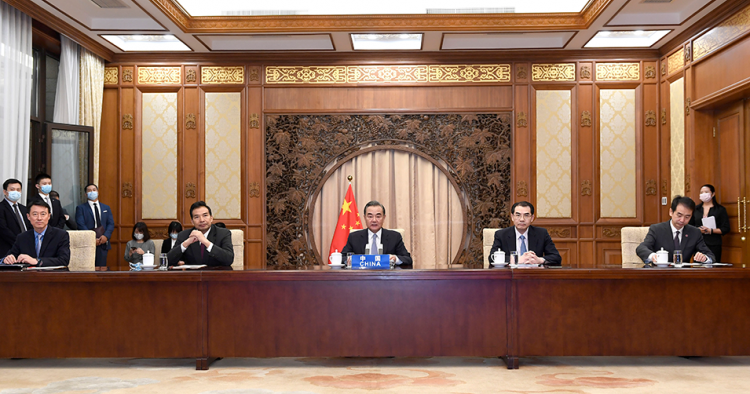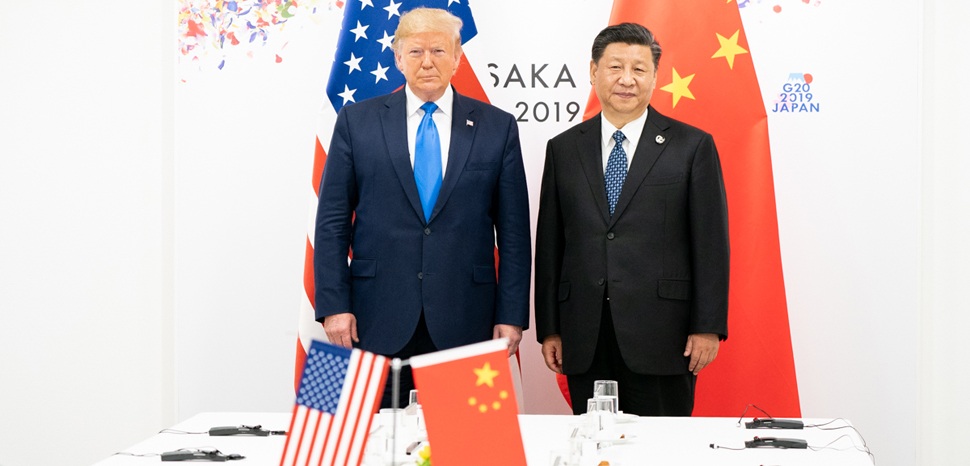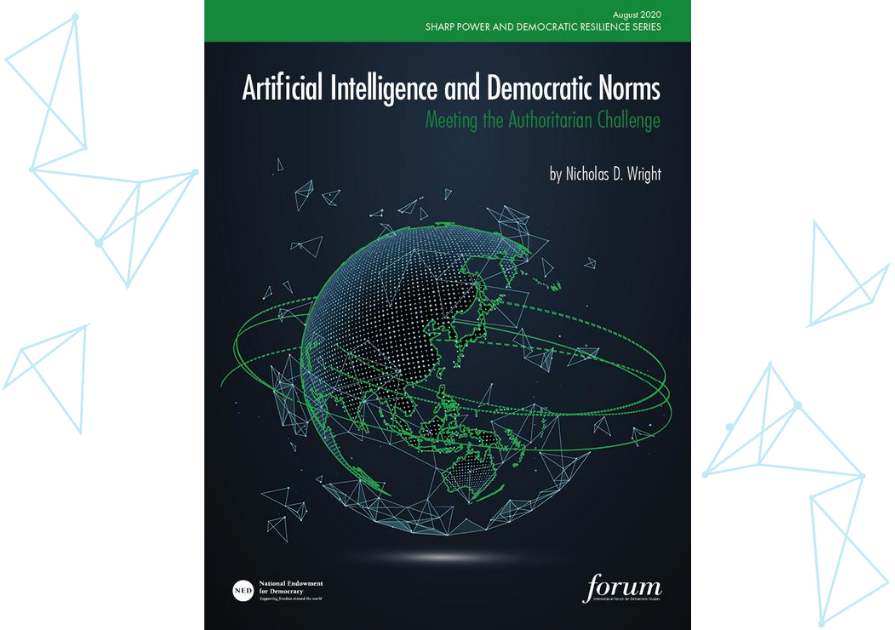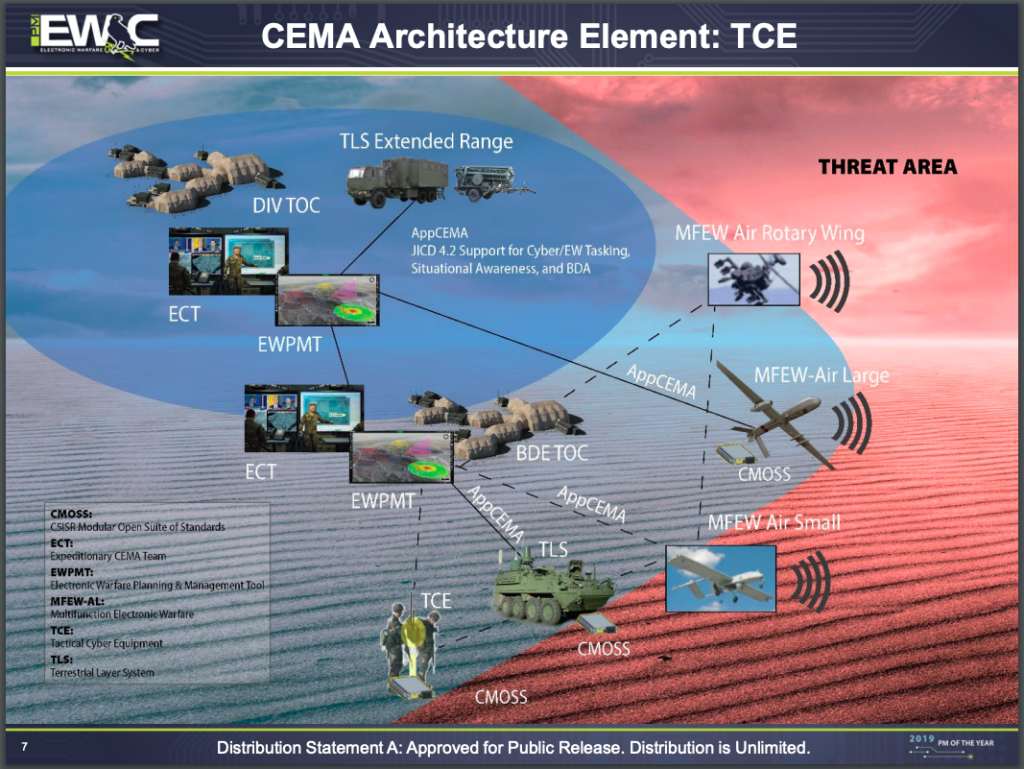Leading Indian-American groups and individuals, including former Pepsico chief Indra Nooyi, have hailed the nomination of Indian-origin Senator Kamala Harris as Democratic vice presidential candidate, saying it was a “great choice” and a “moment of pride” for the entire community in the US.
However, there were also some community members who questioned Harris’ contribution towards the Indo-US ties and said they would not be swayed by identity politics. Presumptive Democratic party presidential nominee Joe Biden on Tuesday named 55-year-old Harris as his vice presidential running mate, making history by selecting the first black woman to compete on a major party’s presidential ticket.
Harris, whose father is an African from Jamaica and mother an Indian, is currently the US Senator from California.
“This is a great choice for our country,” tweeted Nooyi, who is seen as a role model by millions of women across the world.

/69.30117068749993,29.76683827244043,4/421x337.png?access_token=pk.eyJ1IjoiZGFsdG9ud2IiLCJhIjoiOWdSSXFQSSJ9.HZyjh4g3TAAOAncwelv9Vw)
















